I am having two mutually exclusive issues with my sample plot below.
- The y-axis label and y-tick labels are on top of each other. I have not been able to find a way to shift either. I would like the size of the plot to expand to accommodate the necessary spacing.
- I want the y-axis label to be sigma with a subscript theta. It looks like Unicode does not allow a subscript theta. I was hoping to get around this limitation by using LaTeXStrings. However, I cannot get the LatexString to expand into the appropriate form on the plot. Note that issue #1 occurs with or without a LatexString as the ylabel and that LatexString expansion is not working for other string values either.
Sample plot, code, and data are provided below to reproduce. I am using the Juno editor with the Plotly backend on Windows.
using Plots, DelimitedFiles, LaTeXStrings
plotly(linewidth=3,titlefont=18,legendfont=16,guidefont=18,tickfont=14,formatter=:plain)
data=readdlm("hoopstress.txt",skipstart=1)
r=data[:,2]
σθ=data[:,end-1:end]
plot(r,σθ,label=["Simplified Vessel" "Full Vessel"],xlabel="r",ylabel=L"\sigma_\theta")
Length Simple Full
1 0. 53280 56859
2 9.4e-2 52158 55405
3 0.1875 51036 53951
4 0.28125 49915 52498
5 0.375 48793 51044
6 0.46875 47671 49590
7 0.5625 46550 48136
8 0.65625 45428 46682
9 0.75 44307 45228
10 0.84375 43185 43774
11 0.9375 42063 42320
12 1.0312 40942 40866
13 1.125 39883 39411
14 1.2187 39256 38780
15 1.3125 38629 38150
16 1.4062 38002 37519
17 1.5 37375 36888
18 1.5938 36748 36257
19 1.6875 36121 35627
20 1.7813 35494 34996
21 1.875 34867 34365
22 1.9688 34239 33735
23 2.0625 33612 33104
24 2.1562 32985 32473
25 2.25 32389 31842
26 2.3437 31998 31441
27 2.4375 31607 31039
28 2.5312 31216 30637
29 2.625 30825 30235
30 2.7187 30434 29833
31 2.8125 30043 29431
32 2.9062 29652 29029
33 3. 29261 28628
34 3.0938 28870 28226
35 3.1875 28479 27824
36 3.2813 28088 27422
37 3.375 27714 27020
38 3.4688 27452 26693
39 3.5625 27190 26367
40 3.6563 26927 26040
41 3.75 26665 25714
42 3.8438 26403 25387
43 3.9375 26141 25061
44 4.0313 25879 24734
45 4.125 25617 24408
46 4.2187 25354 24081
47 4.3125 25092 23755
48 4.4062 24830 23428
49 4.5 24568 23102
